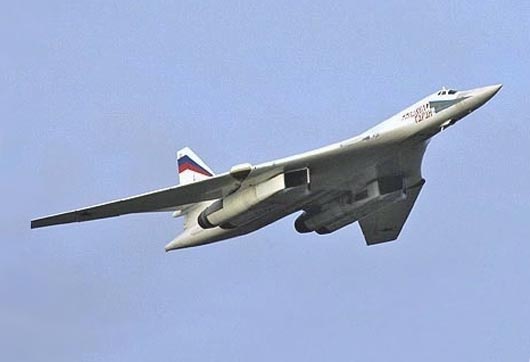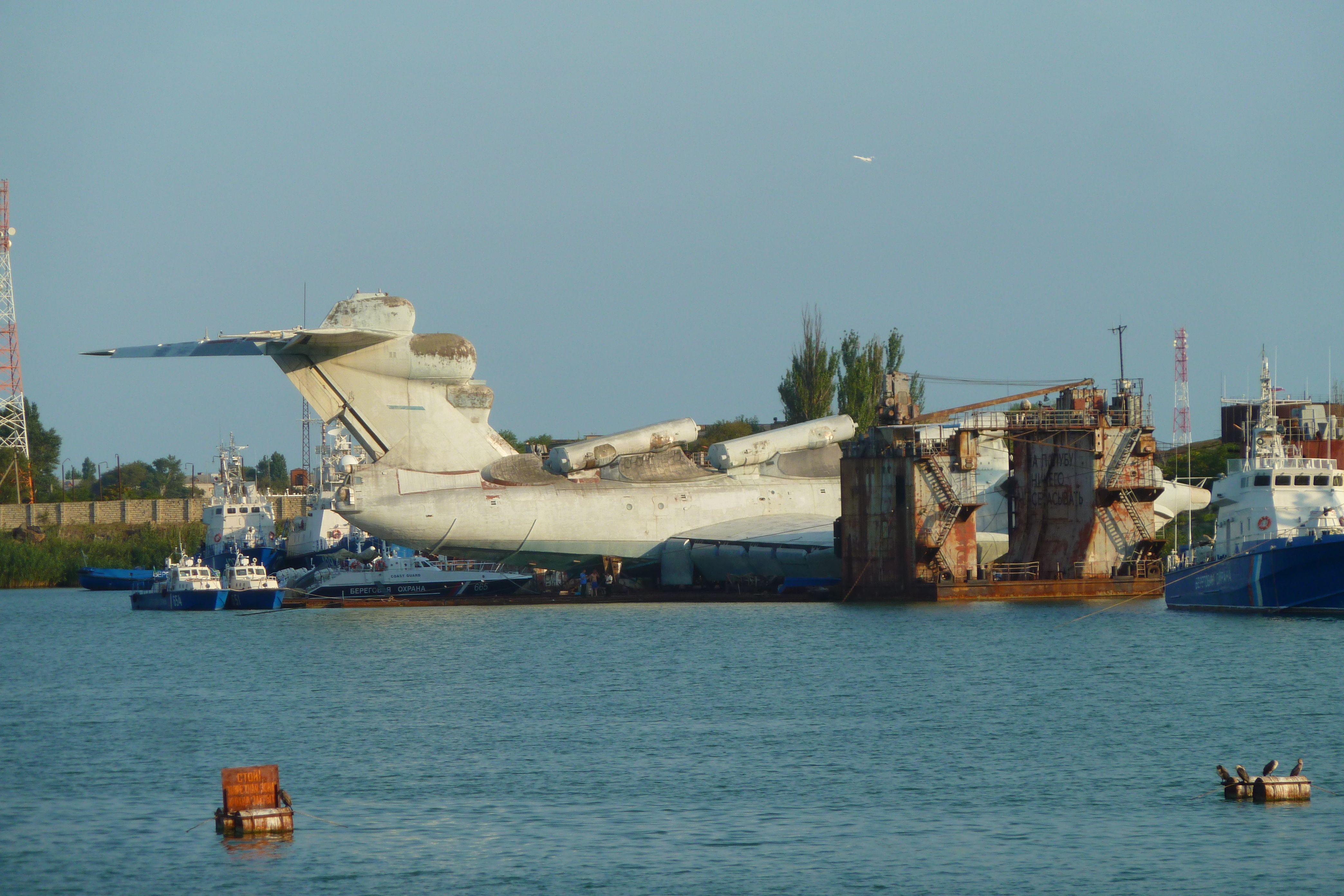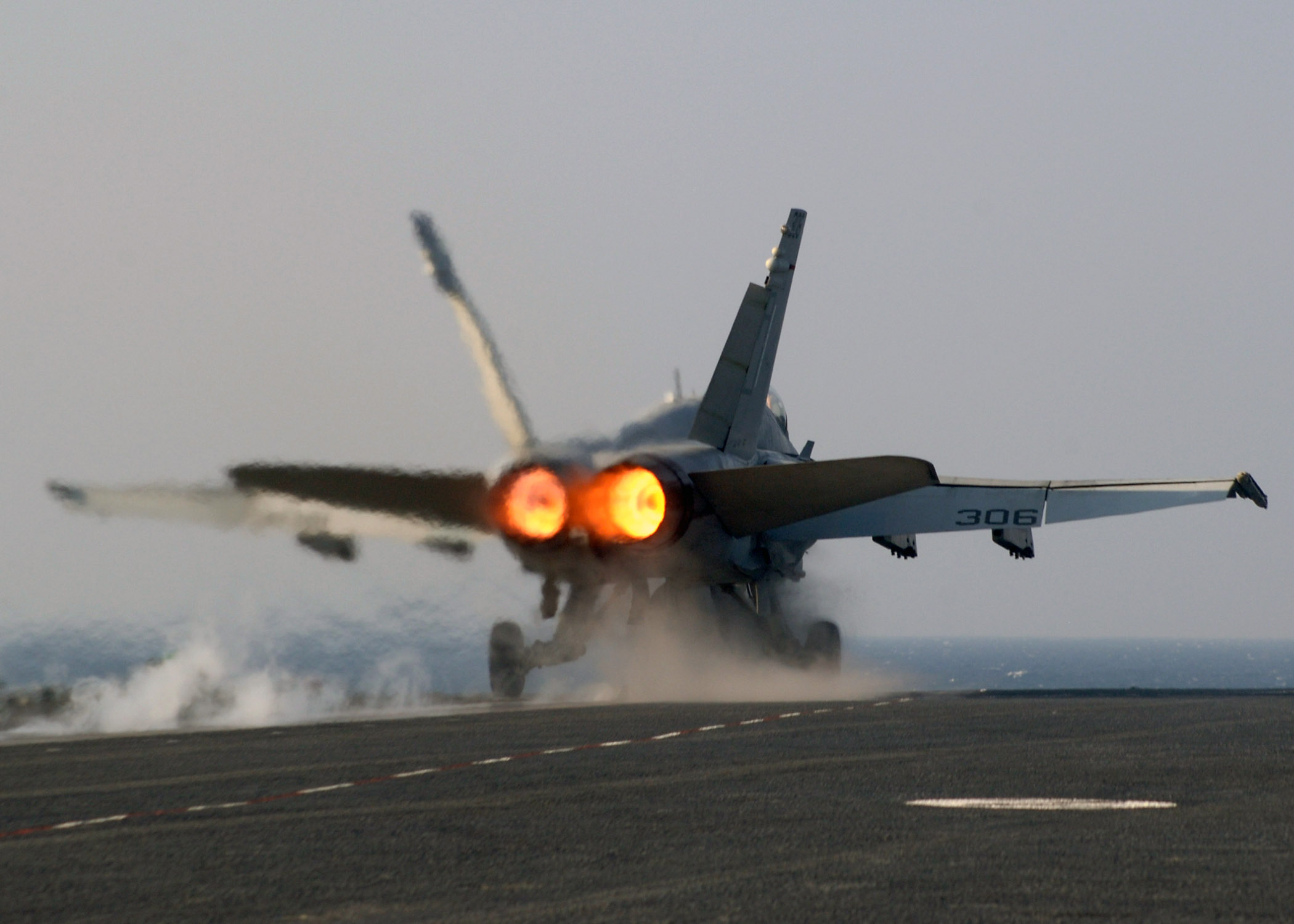|
Kuznetsov Design Bureau
The Kuznetsov Design Bureau (russian: СНТК им. Н. Д. Кузнецова, also known as OKB-276) was a Russian design bureau for aircraft engines, administrated in Soviet times by Nikolai Dmitriyevich Kuznetsov. It was also known as (G)NPO Trud (or NPO Kuznetsov) and Kuybyshev Engine Design Bureau (KKBM). NPO Trud was replaced in 1994 by a Joint Stock Company (JSC), Kuznetsov R & E C. By the early 2000s the lack of funding caused by the poor economic situation in Russia had brought Kuznetsov on the verge of bankruptcy. In 2009 the Russian government decided to consolidate a number of engine-making companies in the Samara region under a new legal entity. This was named JSC Kuznetsov, after the design bureau. Products The Kuznetzov Bureau first became notable for producing the monstrous Kuznetsov NK-12 turboprop engine that powered the Tupolev Tu-95 bomber beginning in 1952 as a development of the Junkers 0022 engine. The new engine eventually generated about 15,000 ho ... [...More Info...] [...Related Items...] OR: [Wikipedia] [Google] [Baidu] |
JSC Kuznetsov
JSC Kuznetsov (russian: ПАО «Кузнецов») is one of the leading Russian producers of aircraft engines, liquid-propellant rocket engines as well as aeroderivative gas turbines and modular stations. The current joint-stock company was established through the consolidation of several Samara-based aerospace engine companies, including JSC N.D. Kuznetsov SNTK, JSC Samara Design Bureau of Machine Building and JSC NPO Povolzhskiy AviTI. History The company was established in 1912 as the Gnome Factory of Moscow, after the French aircraft engine company Gnome et Rhône which supplied the engine parts assembled by the plant. In 1925 it was renamed 'Frunze Factory No. 24', after Bolshevik leader Mikhail Frunze. The factory was evacuated to its current location in Samara in 1941. The Samara Frunze Engine-Building Production Association was one of the principal aerospace engine production complexes in Russia, with six plants and 25,000 employees in the early 1990s. It has produced ... [...More Info...] [...Related Items...] OR: [Wikipedia] [Google] [Baidu] |
Airliner
An airliner is a type of aircraft for transporting passengers and air cargo. Such aircraft are most often operated by airlines. Although the definition of an airliner can vary from country to country, an airliner is typically defined as an airplane intended for carrying multiple passengers or cargo in commercial service. The largest of them are wide-body jets which are also called twin-aisle because they generally have two separate aisles running from the front to the back of the passenger cabin. These are usually used for long-haul flights between airline hubs and major cities. A smaller, more common class of airliners is the narrow-body or single-aisle. These are generally used for short to medium-distance flights with fewer passengers than their wide-body counterparts. Regional airliners typically seat fewer than 100 passengers and may be powered by turbofans or turboprops. These airliners are the non- mainline counterparts to the larger aircraft operated by the ma ... [...More Info...] [...Related Items...] OR: [Wikipedia] [Google] [Baidu] |
Kuznetsov RD-20
Kuznetsov, Kuznyetsov, Kuznetsoff, or Kouznetsov (masculine, russian: Кузнецов) or Kuznetsova (feminine, russian: Кузнецова) is the third most common Russian surname, an equivalent of the English "Smith" (derived from a Russian word ''kuznets'' that means ''blacksmith''). Men Artists and entertainers *Aleksandr Kuznetsov (other), several people * Aleksey Alekseevich Kuznetsov (born 1941), Soviet/Russian jazz guitarist and composer * Anatoly Borisovich Kuznetsov (1930–2014), Soviet/Russian actor * Anatoly Vasilievich Kuznetsov (1929–1979), Soviet writer, author of ''Babi Yar'' *I. Kuznetsov, Russian soloist with the Alexandrov Ensemble *Ivan Sergeyevich Kuznetsov (1867–1942), Russian architect *Mikhail Kuznetsov (actor) (1918–1986), Soviet actor *Nikolai Dmitriyevich Kuznetsov (1850–1929), Ukrainian portrait painter * Pavel Varfolomevich Kuznetsov (1878–1968), Russian painter * Sergey Kuznetsov, (born 1966), Russian writer * Yury Kuznetsov, (born ... [...More Info...] [...Related Items...] OR: [Wikipedia] [Google] [Baidu] |
Tupolev Tu-160
The Tupolev Tu-160 (russian: Туполев Ту-160 Белый лебедь, translit=Belyj Lebeď, translation= White Swan; NATO reporting name: Blackjack) is a supersonic, variable-sweep wing heavy strategic bomber designed by the Tupolev Design Bureau in the Soviet Union in the 1970s. It is the largest and heaviest Mach 2+ supersonic military aircraft ever built and second to the experimental XB-70 Valkyrie in overall length. As of 2022, it is the largest and heaviest combat aircraft, the fastest bomber in use and the largest and heaviest variable-sweep wing airplane ever flown. Entering service in 1987, the Tu-160 was the last strategic bomber designed for the Soviet Union. As of 2016, the Russian Air Force's Long Range Aviation branch had 16 aircraft in service. The Tu-160 active fleet has been undergoing upgrades to electronics systems since the early 2000s. The Tu-160M modernization program of existing models has begun with the first updated aircraft delivered in ... [...More Info...] [...Related Items...] OR: [Wikipedia] [Google] [Baidu] |
Kuznetsov NK-321
The Kuznetsov NK-32 is an afterburning three-spool low bypass turbofan jet engine which powers the Tupolev Tu-160 supersonic bomber, and was fitted to the later model Tupolev Tu-144LL supersonic transport. It produces of thrust in afterburner. A non-afterburning variant known as NK-32 Tier 2 for Tu-160 and NK-65 will be used in the upcoming Russian bomber, PAK DA. NK-65 and a geared high-bypass turbofan variant PD-30, with a thrust of 30 tonnes (around 300 kN) has been proposed for use on new Russian wide-body airliners, as well as the upgraded Antonov An-124 Ruslan heavylifter. Applications * Tupolev Tu-160 * Tupolev Tu-144LL * Tupolev Tu-22M3M * Yakovlev Yak-43 * PAK DA The Tupolev PAK DA or PAK DA (russian: ПАК ДА, russian: label=short for, Перспективный авиационный комплекс дальней авиации, Perspektivnyi aviatsionnyi kompleks dal'ney aviatsii, 'Prospective avi ... Specifications See also References External l ... [...More Info...] [...Related Items...] OR: [Wikipedia] [Google] [Baidu] |
Lun-class Ekranoplan
The ''Lun''-class ekranoplan (also called Project 903) is the only ground effect vehicle (GEV) to ever be operationally deployed as a warship. designed by Rostislav Alexeyev in 1975 and used by the Soviet and Russian navies from 1987 until sometime in the late 1990s. It flew using lift generated by the ground effect acting on its large wings when within about above the surface of the water. Although they might look similar to traditional aircraft, ekranoplans like the ''Lun'' are not classified as aircraft, seaplanes, hovercraft, or hydrofoils. Rather, crafts like the ''Lun''-class ekranoplan are classified as maritime ships by the International Maritime Organization due to their use of the ground effect, in which the craft glides just above the surface of the water. The ground effect occurs when flying at an altitude of only a few meters above the ocean or ground; drag is greatly reduced by the proximity of the ground preventing the formation of wingtip vortices, th ... [...More Info...] [...Related Items...] OR: [Wikipedia] [Google] [Baidu] |
Kuznetsov NK-87
The Kuznetsov NK-87 is a low-bypass turbofan engine rated at 127.5 kN (28,700 lbf) thrust. It powers the Lun-class ekranoplan. It is made by the soviet Kuznetsov Design Bureau (now JSC Kuznetsov). Applications * Lun-class ekranoplan * Spasatel Spasatel (russian: Спасатель "Rescuer", "Lifesaver", Project 9038) is a ground-effect vehicle, originally planned by the Soviet Ministry of Defense. The vehicle was intended to serve as the missile carrier of the project ''Lun''-class e ... (proposed) Specifications (NK-87) See also References {{Aeroengine-specs Low-bypass turbofan engines Kuznetsov aircraft engines 1980s turbofan engines ... [...More Info...] [...Related Items...] OR: [Wikipedia] [Google] [Baidu] |
Supersonic Transport
A supersonic transport (SST) or a supersonic airliner is a civilian supersonic aircraft designed to transport passengers at speeds greater than the speed of sound. To date, the only SSTs to see regular service have been Concorde and the Tupolev Tu-144. The last passenger flight of the Tu-144 was in June 1978 and it was last flown in 1999 by NASA. Concorde's last commercial flight was in October 2003, with a November 26, 2003 ferry flight being its last airborne operation. Following the permanent cessation of flying by Concorde, there are no remaining SSTs in commercial service. Several companies have each proposed a supersonic business jet, which may bring supersonic transport back again. Supersonic airliners have been the objects of numerous recent and ongoing design studies. Drawbacks and design challenges are excessive noise generation (at takeoff and due to sonic booms during flight), high development costs, expensive construction materials, high fuel consumption, extre ... [...More Info...] [...Related Items...] OR: [Wikipedia] [Google] [Baidu] |
Tupolev Tu-144
The Tupolev Tu-144 (russian: Tyполев Ту-144; NATO reporting name: Charger) is a Soviet supersonic passenger airliner designed by Tupolev in operation from 1968 to 1999. The Tu-144 was the world's first commercial supersonic transport aircraft with its prototype's maiden flight from Zhukovsky Airport on 31 December 1968, two months before the British-French Concorde. The Tu-144 was a product of the Tupolev Design Bureau, an OKB headed by aeronautics pioneer Aleksey Tupolev, and 16 aircraft were manufactured by the Voronezh Aircraft Production Association in Voronezh. The Tu-144 conducted 102 commercial flights, of which only 55 carried passengers, at an average service altitude of and cruised at a speed of around (Mach 2). The Tu-144 first went supersonic on 5 June 1969, four months before Concorde, and on 26 May 1970 became the world's first commercial transport to exceed Mach 2. Reliability and developmental issues, together with repercussions of the 1973 Pa ... [...More Info...] [...Related Items...] OR: [Wikipedia] [Google] [Baidu] |
Afterburner
An afterburner (or reheat in British English) is an additional combustion component used on some jet engines, mostly those on military supersonic aircraft. Its purpose is to increase thrust, usually for supersonic flight, takeoff, and combat. The afterburning process injects additional fuel into a combustor in the jet pipe behind (''i.e.'', "after") the turbine, "reheating" the exhaust gas. Afterburning significantly increases thrust as an alternative to using a bigger engine with its attendant weight penalty, but at the cost of increased fuel consumption (decreased fuel efficiency) which limits its use to short periods. This aircraft application of "reheat" contrasts with the meaning and implementation of "reheat" applicable to gas turbines driving electrical generators and which reduces fuel consumption. Jet engines are referred to as operating ''wet'' when afterburning and ''dry'' when not. An engine producing maximum thrust wet is at ''maximum power,'' while an engine pro ... [...More Info...] [...Related Items...] OR: [Wikipedia] [Google] [Baidu] |

.jpg)



.jpg)
